Virus from Imported Bait Shrimp
Thursday, July 4th, 2019This is Passport to Texas
It’s tempting to use frozen shrimp from the grocery store as bait for your next fishing trip…but don’t do it. They may be imported and possibly harmful to our native crustaceans.
We don’t want any kind of imported shrimp being used as bait, because the potential of diseases that could be there that could impact our native stock.
Robert Adami is a TPW coastal fisheries biologist based in Corpus Christi.
One of the diseases we’re concerned with is white spot syndrome virus. We saw this way back in the early 90s in the Asian countries. And then it slowly moved on to Latin American countries. And back in 1995, we did see one [shrimp] farm with a small amount of white spot in South Texas. But we have not seen anything like that since then.
Check labels when buying bait shrimp to verify they’re from the Gulf of Mexico. While farmed shrimp are at highest risk of infection, wild shrimp and crustaceans are not immune. But, humans are.
The white spot virus doesn’t affect humans in any way. The only thing is can affect is the crustaceans: your shrimp, crawfish, crayfish, [crabs]. It won’t even transfer to fishes.
The virus could have severe consequences for native crustaceans if introduced via infected non-native shrimp.
The Sport Fish Restoration Program supports our series.
For Texas Parks and Wildlife…I’m Cecilia Nasti.
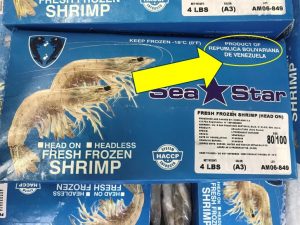

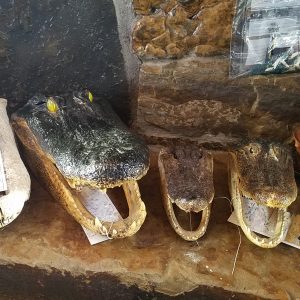
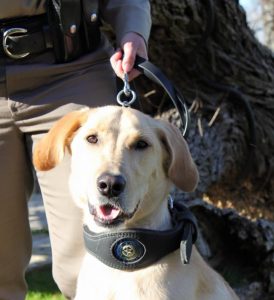
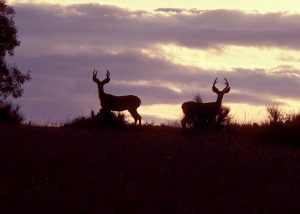
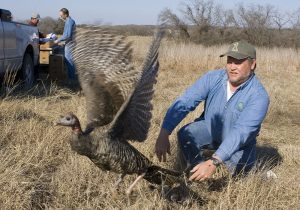

 Passport to Texas is a
Passport to Texas is a  Passport to Texas is made available by:
Passport to Texas is made available by: